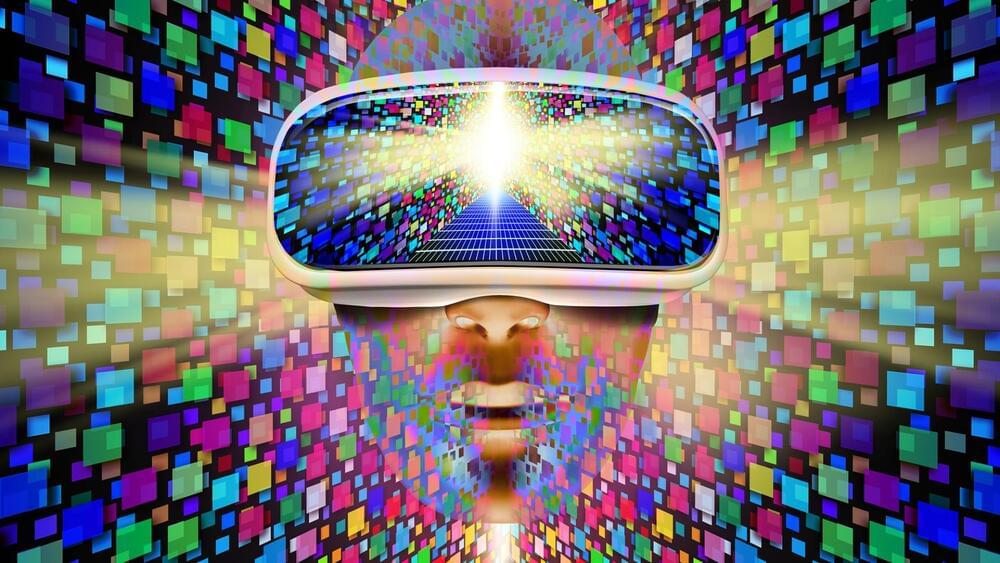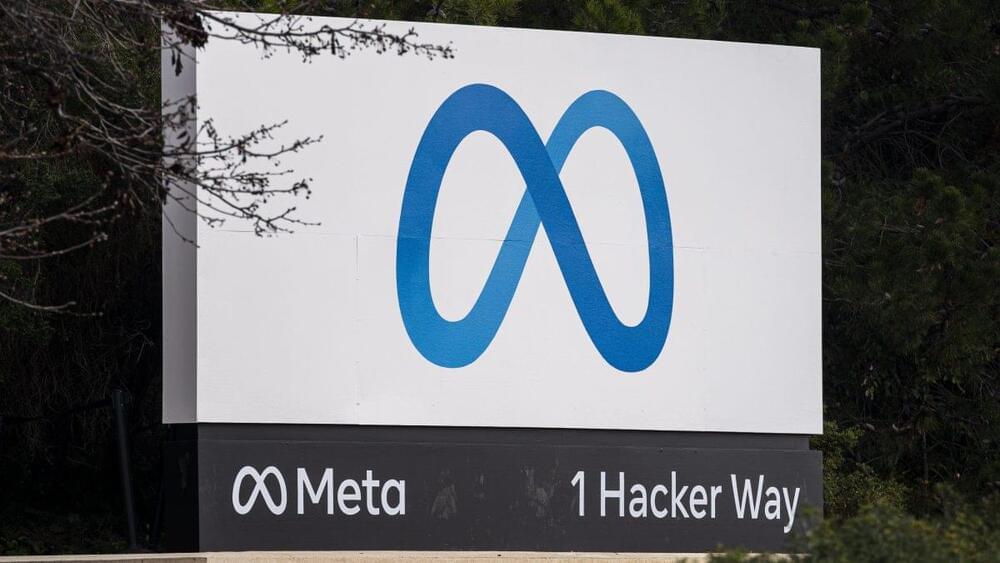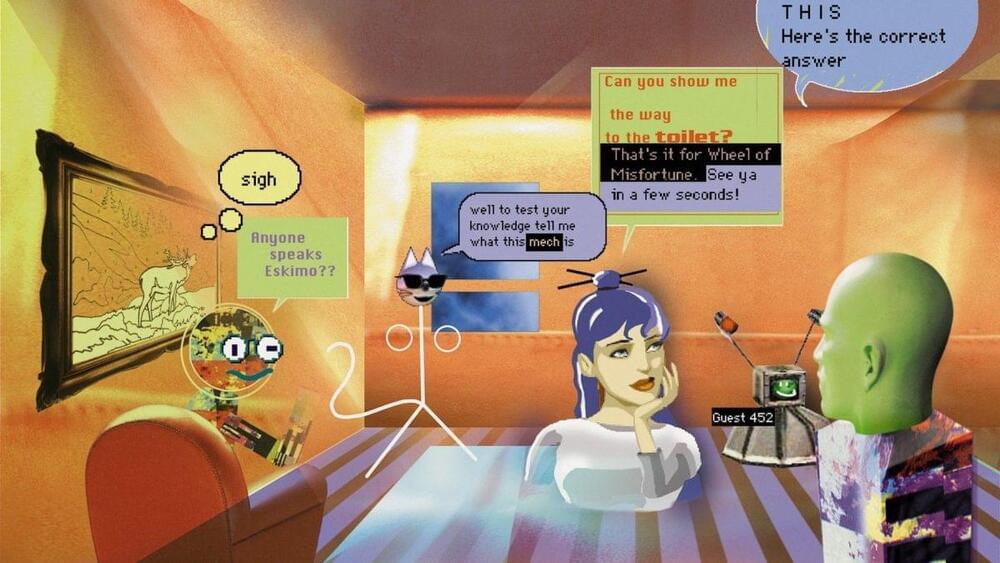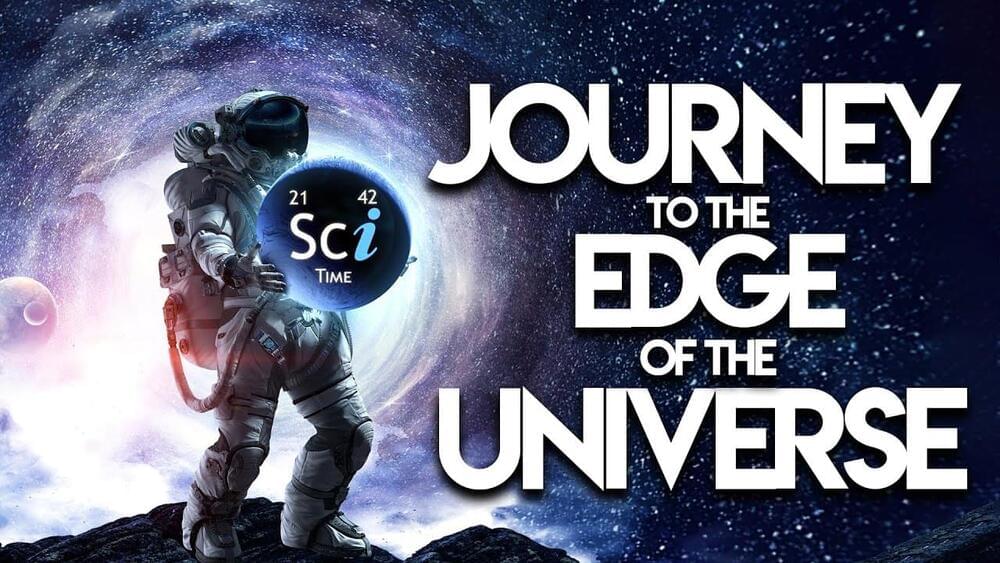
It’s a demonstration of what’s possible with today’s AI — and the outstanding challenges.
Generative AI is coming.
Generative AI is coming for videos. A new website, QuickVid, combines several generative AI systems into a single tool for automatically creating short-form YouTube, Instagram, TikTok and Snapchat videos.
Given as little as a single word, QuickVid chooses a background video from a library, writes a script and keywords, overlays images generated by DALL-E 2 and adds a synthetic voiceover and background music from YouTube’s royalty-free music library. QuickVid’s creator, Daniel Habib, says that he’s building the service to help creators meet the “ever-growing” demand from their fans.
“By providing creators with tools to quickly and easily produce quality content, QuickVid helps creators increase their content output, reducing the risk of burnout,” Habib told TechCrunch in an email interview. “Our goal is to empower your favorite creator to keep up with the demands of their audience by leveraging advancements in AI.”









